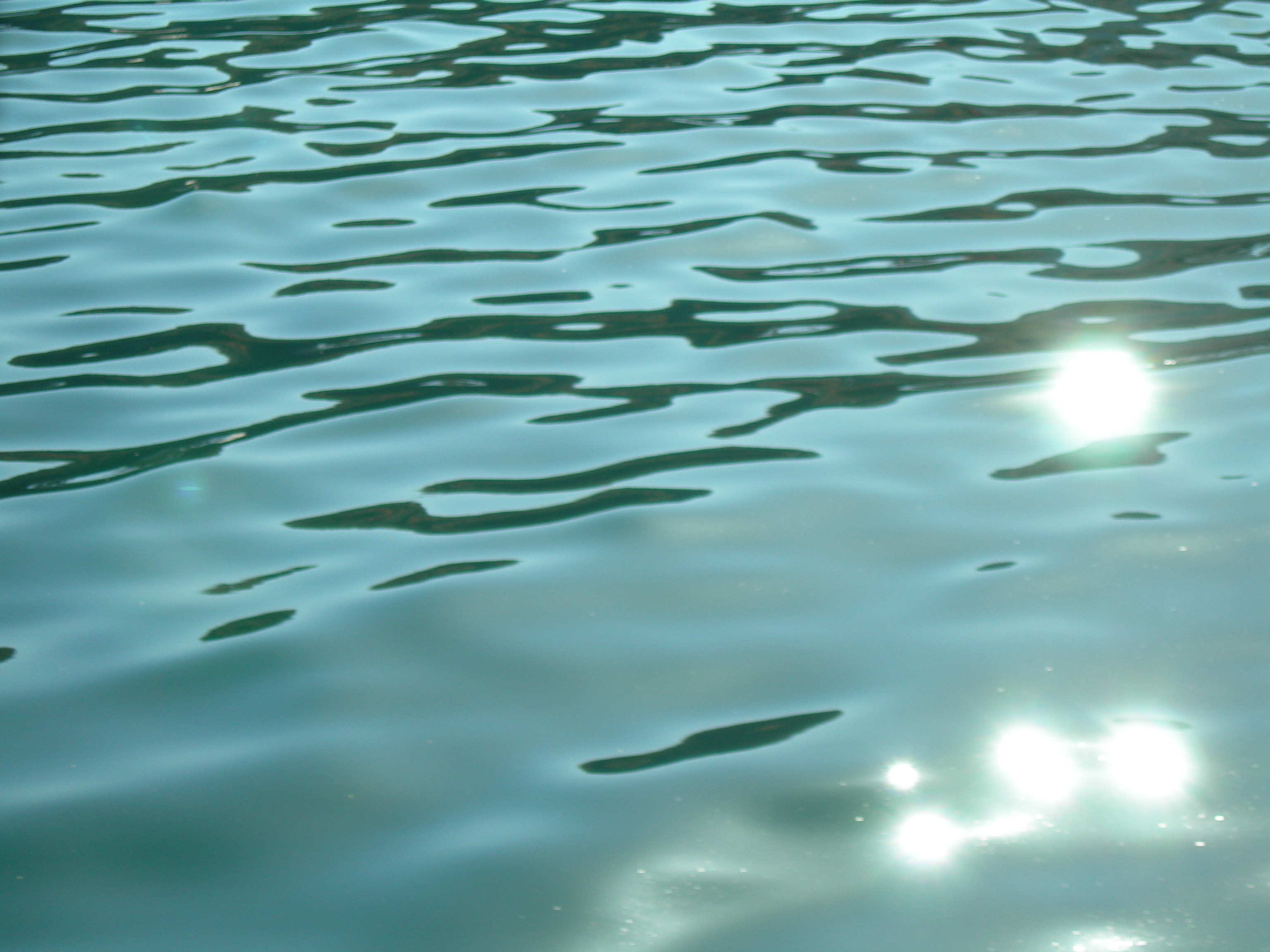|
In a village called Alex in the French
Alps there is a beautifully restored château which
houses the Fondation
pour l'Art Contemporain. It was set up by
Claudine and Jean-Marc Saloman of skis and ski-ware
fame.
The Foundation itself owns
various works, but the exhibition within the chateau
changes every six months and features cutting-edge
works brought in from all over the world including,
this time, one by Tracey Emmin.
In the grounds are works on
permanent display, including a sculpture by Anthony
Gormley. A work by Jaume Plensa has recently been
added. It is like a telephone box built out of
beautifully made transparent glass bricks with a metal
door in one side, but without the phone (click here to see it). The artist's description
is as follows:
"[The sculpture] is not something
material, but emotional. It does not relate to
volume or space, but time. Each work suggests an
exchange, which the spectator has to complete."
The commentary in the
programme says:
"The
sculptures of Jaume Plensa are metaphors of the
body. As an isolation chamber, this cabin in glass
follows the conducting wire of the artist's
obsessions: absence, desire, impossibility,
silence. It welcomes the visitor for a voyage in
colour in which he will meet himself.".
Just what I thought.
Actually, my predominant thought was "I wonder where
he gets his glass bricks from?".
The descriptions of virtually all of the
pieces were similarly silly and pretentious, but such
explanations are relied on heavily to justify their
existence because the works in themselves conveyed
little or no emotion or message and often displayed
little technical skill.
Not that I consider representational art
to be somehow superior to abstract art. After
all, many things in nature which we consider to be
beautiful are ‘abstract' patterns - for example a
sunset. Or if you look from a distance at a
forest on the side of a mountain just when Autumn has
come, then you will see not the leaves or even the
trees themselves, but shades of yellows and green, red
and brown merging into one another in a random
pattern. We sigh and say that it is beautiful.
 |
If you look at the reflection of
the sky in the ripples on a lake, then you
will see what were the blues and whites of the
sky reflected back at you through a distorting
mirror. And we contemplate its beauty.
And so it should not be a problem
for us to accept that colours and shapes on
canvas or formed into a sculpture which
represent nothing but the artist's vision of
beauty can touch us just as much.
|
The abstract works of a local artist, Hervé Visery
*, in Annecy very much caught my attention. He makes
no attempt to give high-flown descriptions of his
paintings. He says simply that he puts himself and
his emotions into his work. Either your emotions are
aroused when you see it or they are not. There is no
explanation which can be given.
* to see two of his works
click here
|
